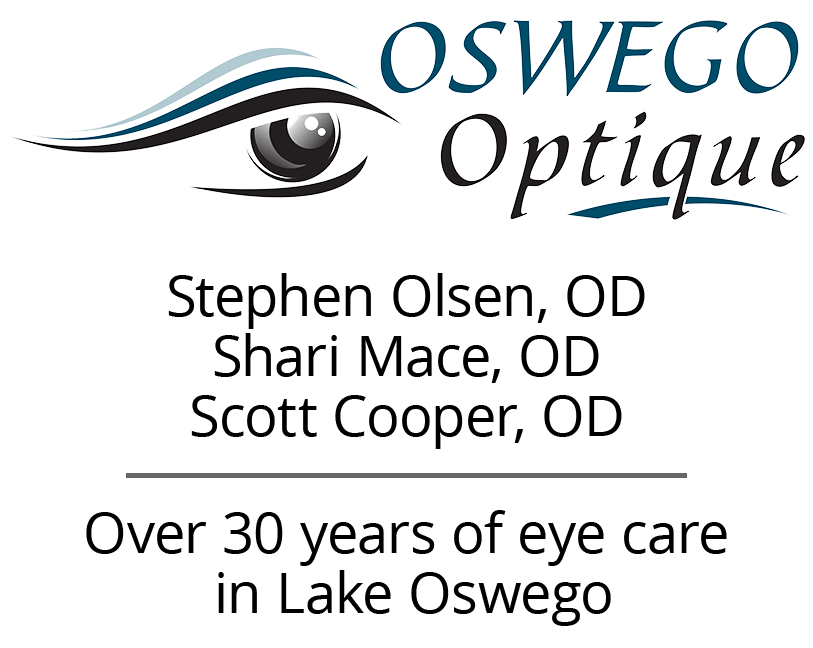Patients having cataract or refractive lens exchange surgery have a range of choices for their intraocular lens implants (IOLs) today. Traditional IOLs are monofocal and spherical – they provide correction at one distance and the same correction in all meridians of the lens. Toric IOLs correct for astigmatism by providing powers in two different meridians of the lens, something that would otherwise require the use of spectacle correction following surgery. Multifocal IOLs can provide most people with good near, intermediate, and distance vision simultaneously. Multifocal toric IOLs offer presbyopia and astigmatism correction within one implant. Although recent developments, multifocal IOLs are an effective way to expand your range of vision, with little to no post-surgical complications.
With the availability of these premium implants, and standard monofocal implants, there is a wide array of possible visual corrections to be considered. Your occupation, hobbies, habits, eye health, expectations, and desire for reducing spectacle wear all play a role in determining the best options for you. Discuss the implants offered by your surgeon to help you in your decision regarding premium IOLs.
Toric IOLs
Toric IOLs were introduced in the late 1990s have continued to gain popularity. Before that, cataract patients with significant astigmatism had few surgical options and most chose to wear glasses to correct their astigmatism following surgery. Toric IOLs can greatly reduce your dependence on glasses and can be used to correct your vision for a single distance, in a monovision correction, or as a multifocal.
Multifocal IOLs
Multifocal IOLs aren’t your run-of-the-mill intraocular lenses. Traditionally, cataract or eye correction patients who underwent surgery received artificial corrective lenses designed to enhance distance vision only. Most patients still suffered from varying levels of post-surgical presbyopia, which required them to wear reading glasses or bifocals. Now cataract or laser surgery patients can choose the option of presbyopia-correcting IOL implants. Commonly referred to as Multifocal IOLs, this category of implant also includes accommodating IOLs and extended depth of focus IOLs, all designed to give you some amount of near and intermediate vision along with good distance vision.
Are Multifocal IOLs for Me?
When considering multifocal IOLs, think about your specific vision needs. Do you drive long distances? Spend a lot of time in dim light? People in these situations may not experience as comfortable vision for these tasks as with other IOL options. Multifocal IOLs allow you to be less dependent upon glasses for near and intermediate vision, like reading and computer, but they may involve some compromise to your distance vision, most commonly a slight decrease in contrast sensitivity or slight halos around lights in the dark. Do you spend long hours reading or on the computer? Near vision may not be as well corrected as intermediate and distance vision. Discuss your visual tasks with your doctor and surgeon. These small compromises in vision should be taken into consideration, but for most patients, these are only minor symptoms to otherwise clear and focused vision.
If you have health issues that may diminish your vision, like glaucoma or macular degeneration, or have previously undergone refractive surgery, you may not be a good candidate for premium implants.
Alternatives to Multifocal IOLs
In addition to correcting your vision with spectacles or contact lenses after surgery, “monovision” has been a long-standing and successful option for cataract, refractive lens exchange, and laser correction surgeries. Setting a different target distance for each eye can allow a lot of freedom from glasses. Most commonly, the dominant eye is set for far distance and the non-dominant eye for intermediate. Some reading glasses use may be needed for very near work. A period of adaptation is usually necessary for the brain to adjust to the difference between the eyes, but many people can adapt to monovision very well. Monovision can be tried with contact lenses before surgery to help you determine if it would be an option for you.
The Cost of Premium IOLs
Costs will vary based on unique patient needs and insurance. Because multifocal IOLs have additional features compared to their single-lens counterparts, the cost of the lenses and procedure itself is increased, as well as out-of-pocket deductibles and copayments. These enhancements are not considered a medical necessity, especially if the patient without cataracts is electing to receive implants. However, for a lot of patients, the high success rate and the reduced need for glasses far outweighs the cost of surgery.

